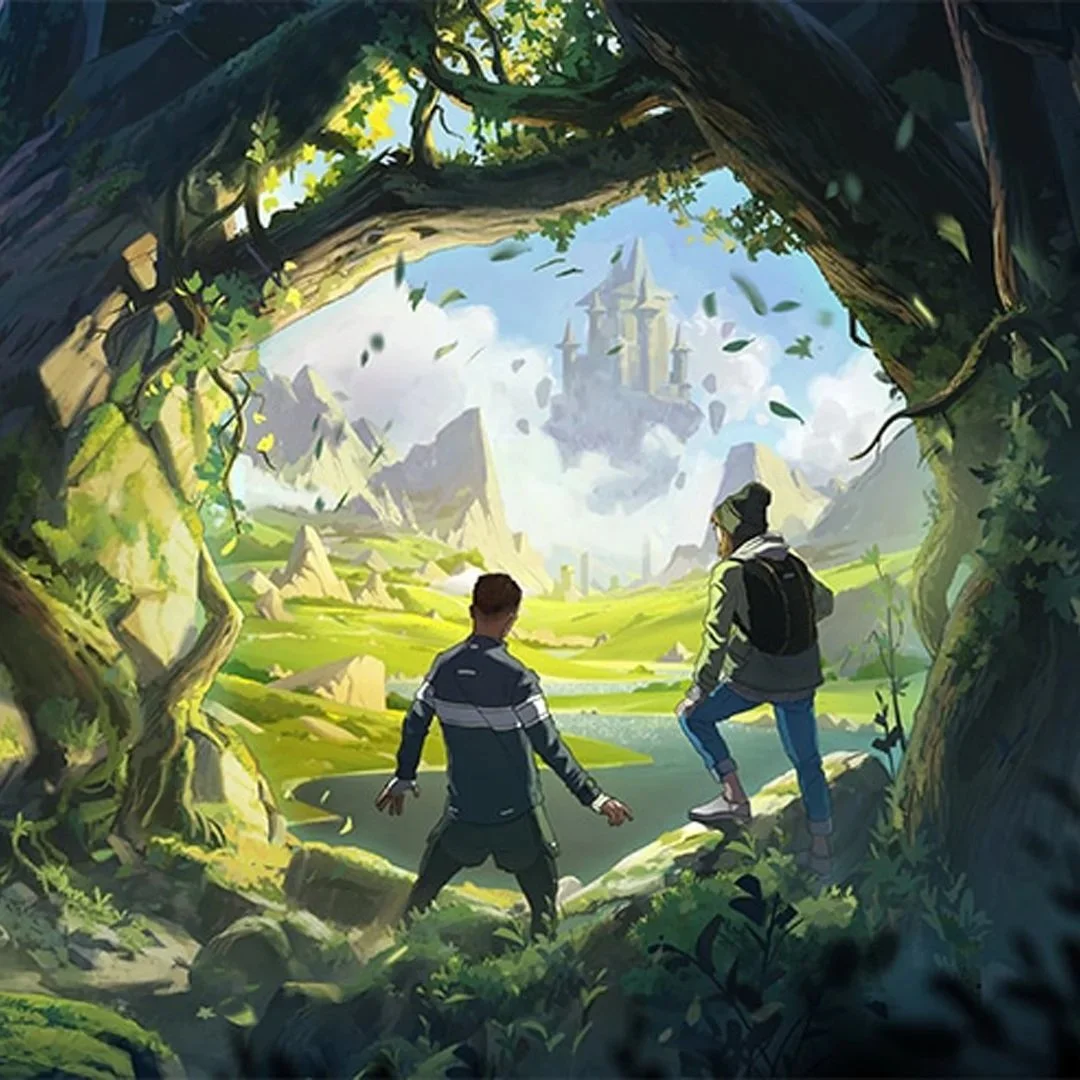Systems Design • Technical Design • Narrative
At Blizzard Entertainment, I worked on the systems team of their (now-cancelled) unannounced survival game. I was product owner for player crafting specializations and verbs, and collaborated on survival and player housing mechanics. In addition to my work on systems, I also stepped in to assist in architecting developer tools for missions/narrative and initial implementation of quest and narrative content.
crafting & world SYSTEMS
I led the design and implementation of multiple large-scale features and game systems, including player crafting and specializations, working to create an experience that would not only accommodate various playstyles, but promote cooperation and connection between players. I owned design for player crafting and specializations, which was one of the most important factors in promoting the game pillar of player cooperation. The majority of my time on the project was focused on the design of these crafting specializations, not only the theming and progression of each one, but how we could execute on fantasy fulfillment in the interactions of each in a way that would attract and engage different types of players and play styles.
In addition to the general design and gameplay of these crafting mechanics, I was also responsible for progression and balance between the specializations. Like any Blizzard title, we needed to create a game with a long live-service lifetime in mind, and thus I needed to design systems that were not only engaging at the start, but had an interesting progression and would not become tedious as players went through them over months and years. While fantasy fulfillment and making the interactions or minigames exciting was a major focus, I also worked to design them in such a way that they were easy to learn but difficult to master, to keep players engaged over the long-term, and continually challenge and surprise them. Rather than merely relying upon crafting which would require progressively more rare ingredients to scale progression, I wanted to make the crafting interactions themselves something that would progress with player skill, and wouldn’t become rote when done repeatedly over the course of years. To that goal, I worked to build in skill progression to the interactions themselves, but also task automation as well as design for new mechanics to challenge the skills of advanced players.
NARRATIVE CONTENT AND TOOLS
In addition to my work leading the player crafting specializations, I also worked with the narrative and mission design teams and tools engineers to architect their developer tools in Blizzard’s proprietary engine, as well as use those tools to implement initial mission content as well as New User Experience flows. I implemented much of the new user experience mission sequences, as well as narrative content and systems for content delivery throughout the game that would scale well with live service updates.
image sourced from public articles
technical development & mentorship
In addition to design work, I implemented a large portion of the features on which I worked as a generalist technical developer, taking features end-to-end from design to playable prototype. I created content and scalable features in Blizzard’s proprietary state-based scripting engine, striving to create data-driven, dynamic systems and content which could be easily used by a variety of developers both technical and non-technical alike, and that would scale well with long-term development and large amounts of content.
Additionally, I worked to mentor design interns on both technical and design skills, overseeing design work, preforming pair programming, and 1-on-1 reviews. I worked to ensure that intern assignments included meaningful feature work, not just menial tasks, which would help them grow in their design and technical abilities and give them satisfying work they could apply to future projects and positions.


